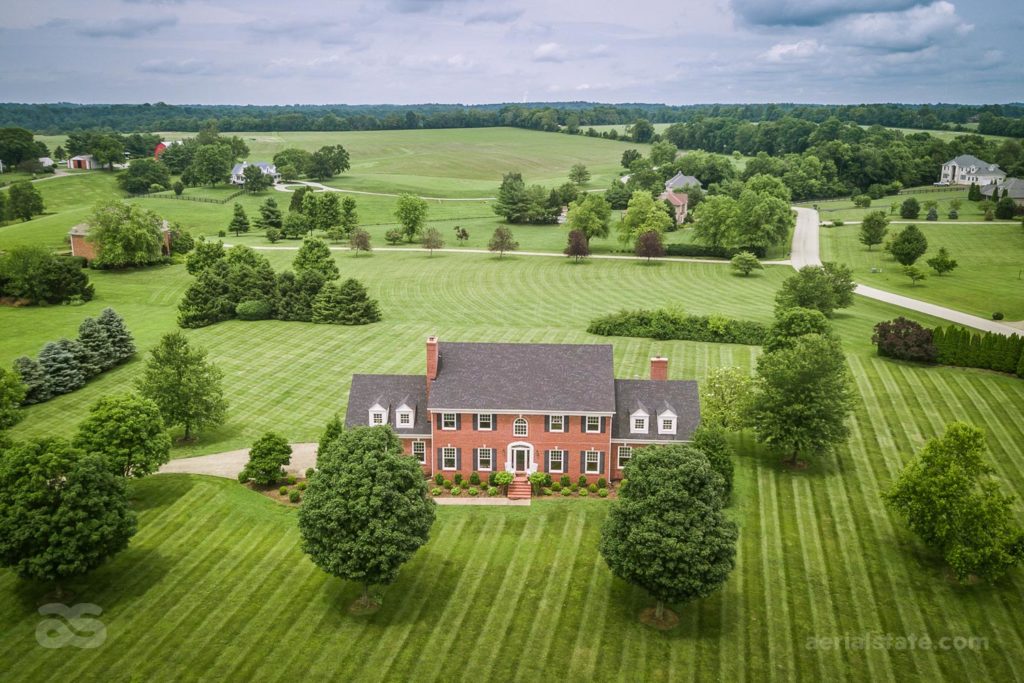New to Aerial Photography? We have a beginner’s guide for you.
Drone (or aerial) photography has been one of the fastest-growing photography trends in recent years. Drones give you the ability to get up high in the sky to photograph everything from landscapes, cityscapes, real estate, weddings, and more. We’ve got the need-to-know guide for you to get started!
What is Drone/Aerial Photography?
Although drones are also used for fun, they have a big presence for agricultural, military, and commercial uses as well. They allow us to photograph and video from an entirely new perspective. Check out Aerial State Media’s recent aerial shots.
UAV’s (unmanned aircraft) or drones have had significant advances in technology which has created devices for any budget. There are drones that allow a go-pro camera to be attached while there are others that include a camera capable of shooting 4k video at a rate of 120 fps (frames per second).
When it comes to flying your drone for recreational use, the FAA (Federal Aviation Administration) requires you to register your drone, mark the outside of the drone with the registration number, and carry proof of registration when flying. Check out the FAA’s rules for recreational flyers.
If you are utilizing your drone for commercial use, the rules change a bit. You need to obtain a Remote Pilot Certificate from the FAA. A drone license opens the door to new possibilities. Beyond a newfound sense of accomplishment, being an officially licensed drone pilot affords credibility, the legal ability to fly throughout Class G Airspace without worry, and to fly near airports (as long as you obtain the go-ahead from air traffic control beforehand).
The act of flying ethically means educating oneself on safety and regulations when using your drone. You must adequately prepare both you and your equipment.
Safety First
A checklist is important for all aerial photographers. This allows you to get the most out of your flight without having to worry about having to traverse through landscapes trying to find your drone after battery failure or entering space/elevation that is going to get you grounded by authorities. Being aware of battery life, location, weather, and having your path mapped out will prepare you for whatever you may come across. Check out this downloadable and printable checklist you can use before each flight.
Gear for Aerial Photography
Now that you are more informed on the basics of surrounding drones and usage of them, you have to choose one that is best for you and what it will be utilized for.
When choosing a drone for aerial photography, there are three main things you need to consider: cost, image quality, and portability. There are cheap, portable drones available, but the image quality will not be as good as a more expensive drone. That is where you have to decide what is most important for your aerial photography.
Here is a list of drones to research and consider:
1. DJI Mavric Pro 2
DJI’s flagship consumer drone built for pros and enthusiasts. A 1-inch CMOS sensor with an active sensing area four times more effective than the original Mavic Pro, 4k video, and adjustable aperture.
2. DJI Mavic Air 2S
Great camera, long battery life, and compact. Takes 48 megapixels and shoots 4k video.
3. DJI Mavic Mini 2
High-quality, all-inclusive set. However, it does not have raw photo capabilities which is truly a must for photographers utilizing a drone for work and not play.
Conclusion
Choosing the best drone for aerial photography can be as difficult as choosing a camera. It is always a good idea to look into borrowing or renting a drone if possible to take it on a test flight beforehand. You will not know what you do and don’t like until you have it up in the air. Also, consider checking into the second-hand market. It is possible to pick up a great drone for a great price from a previous owner that upgraded to newer technology. No matter what drone you choose to purchase, education and practice is key to perfecting your aerial photography.



